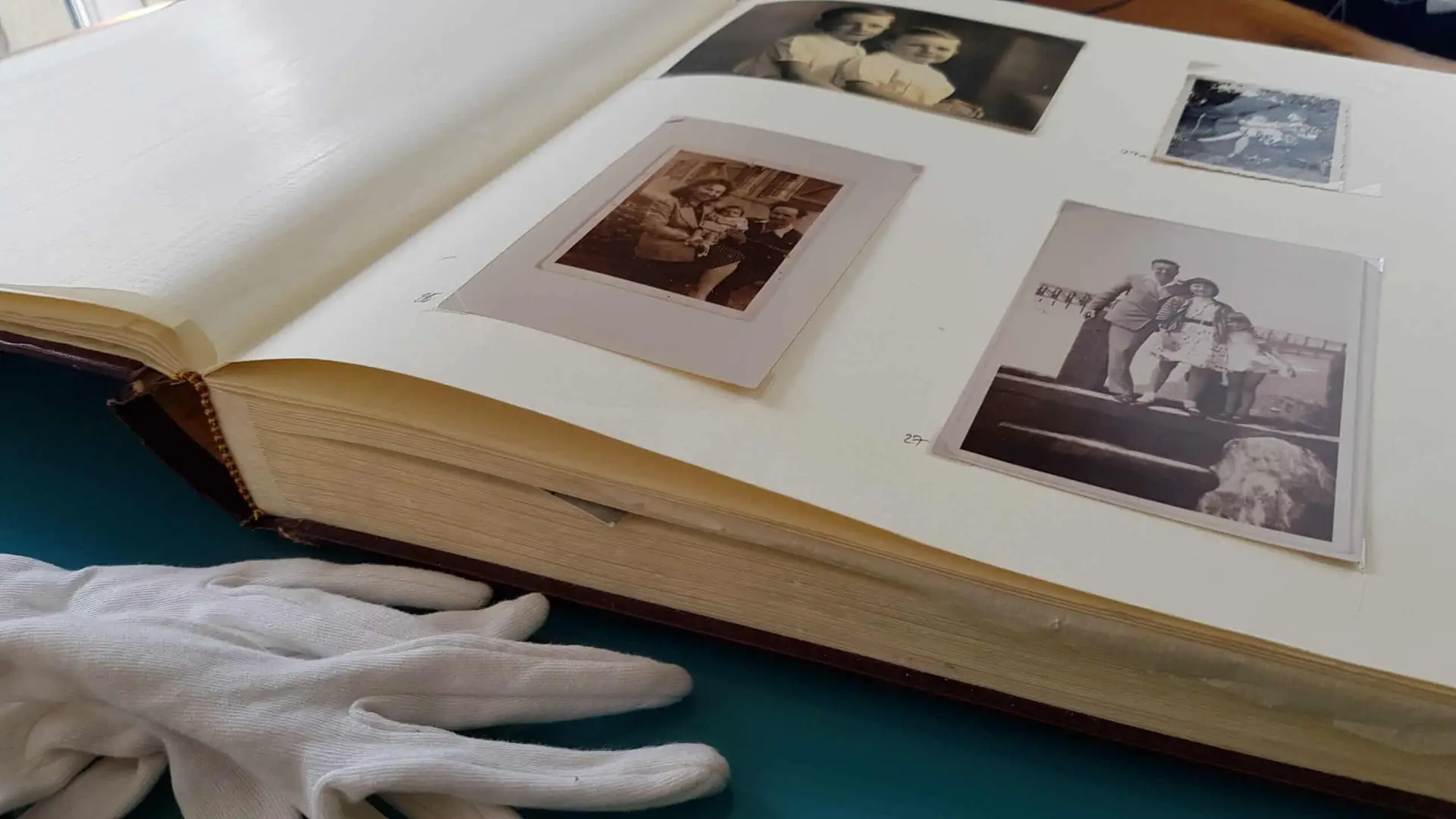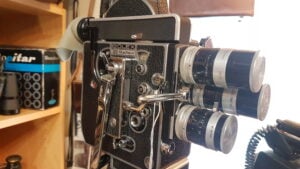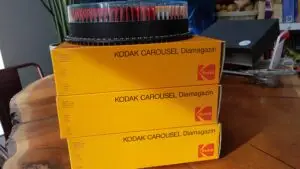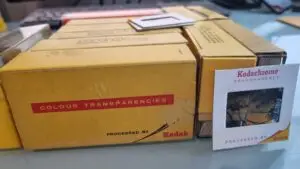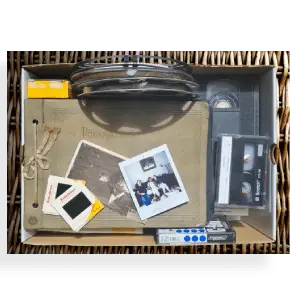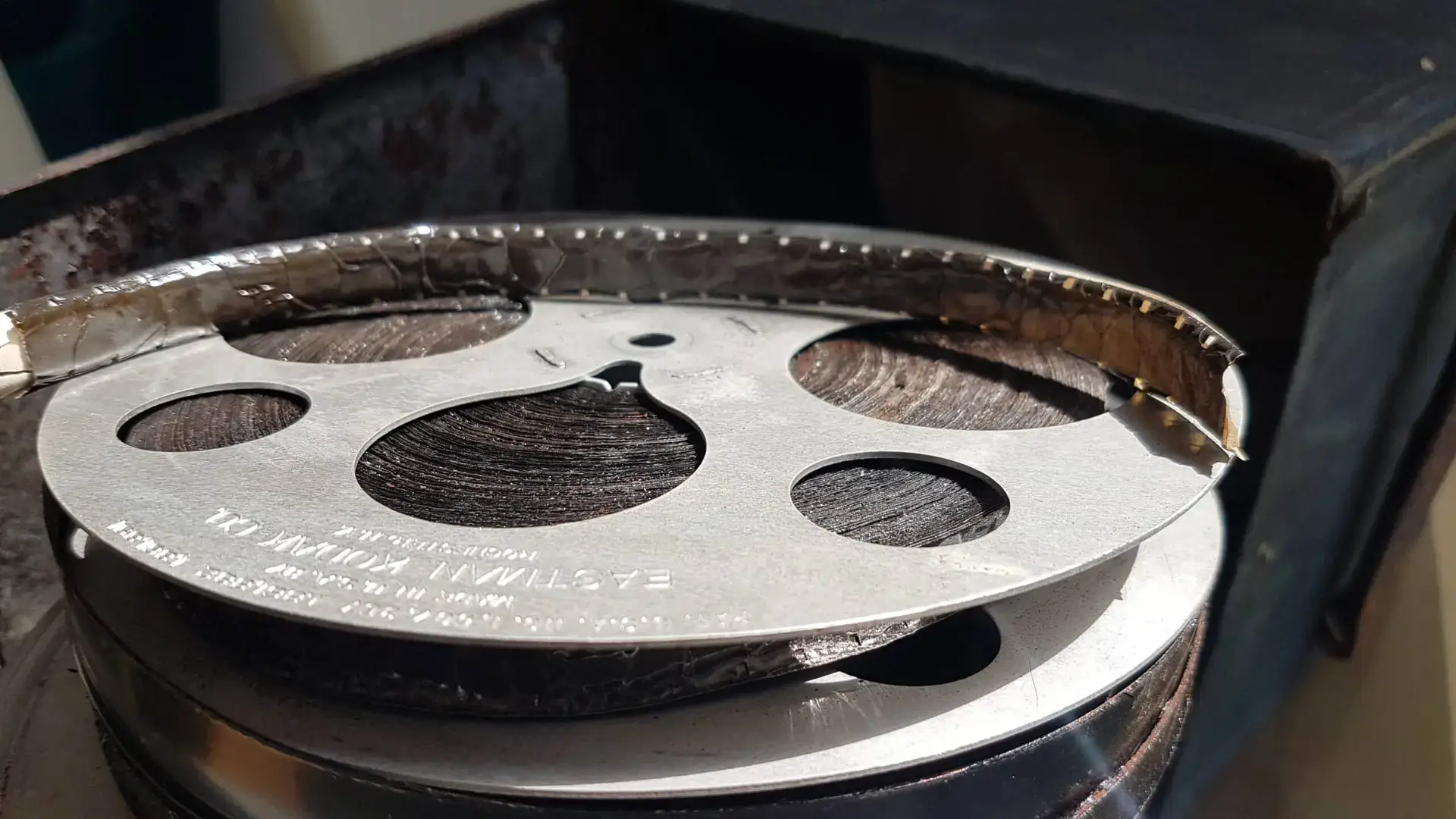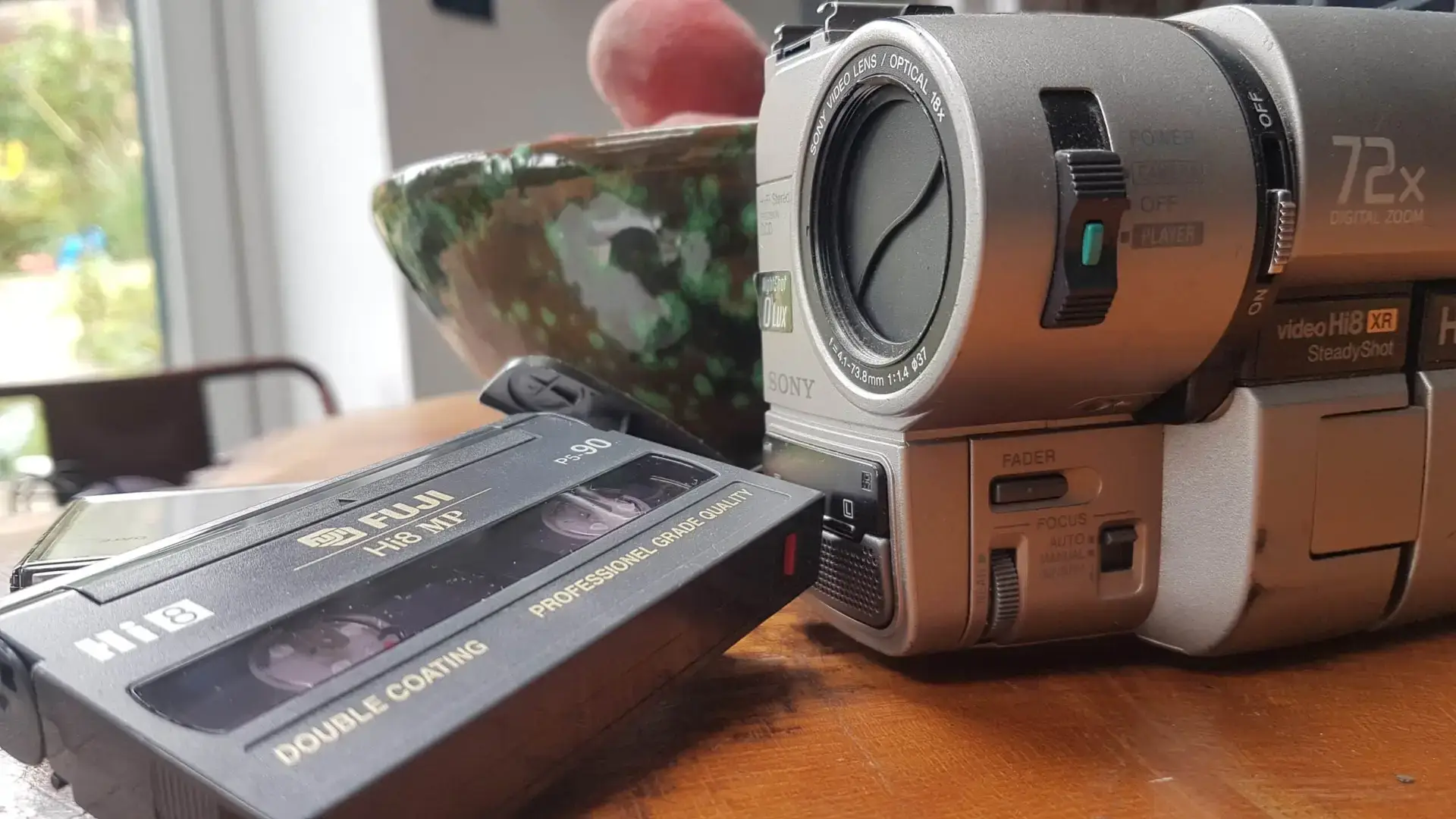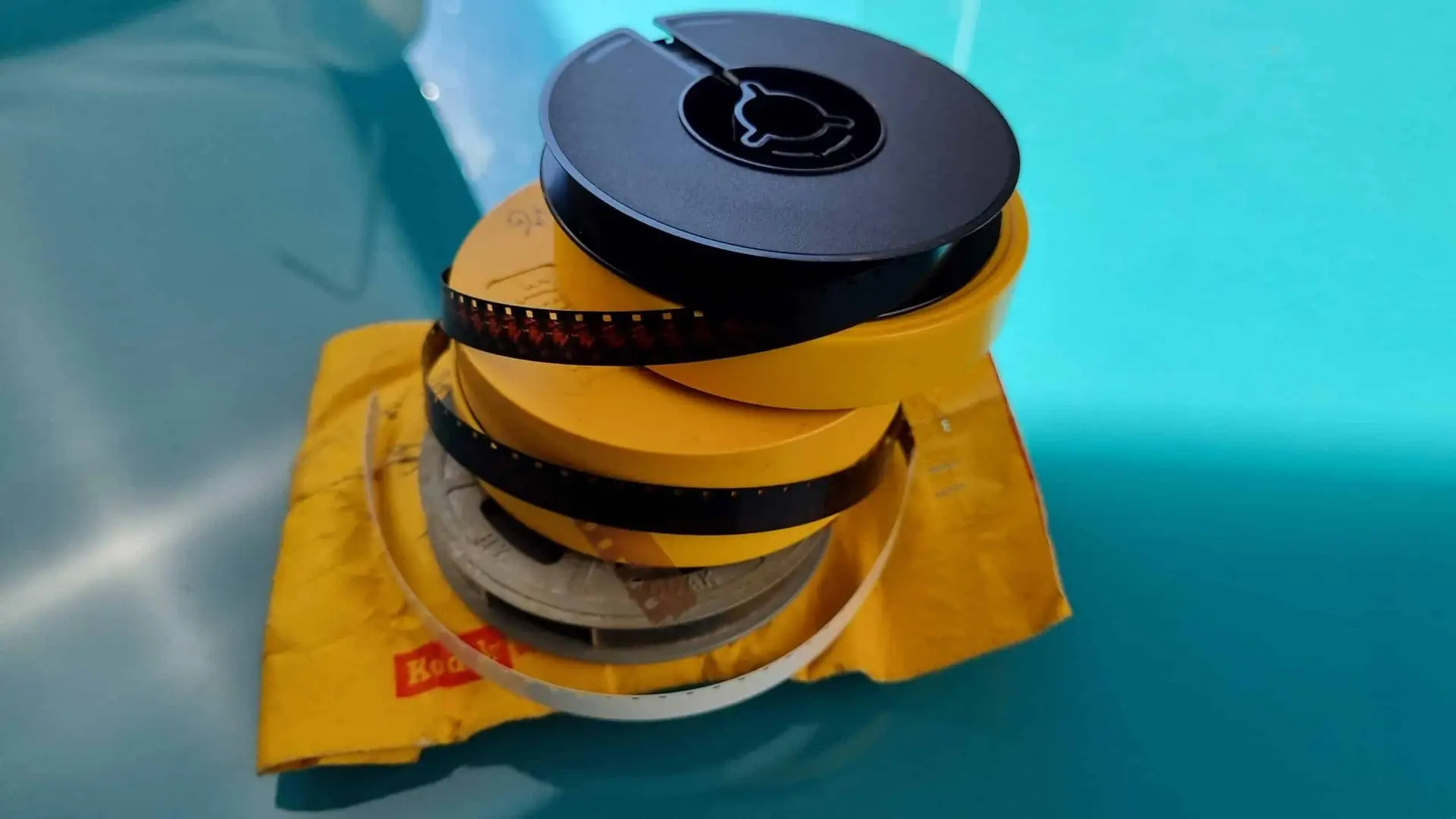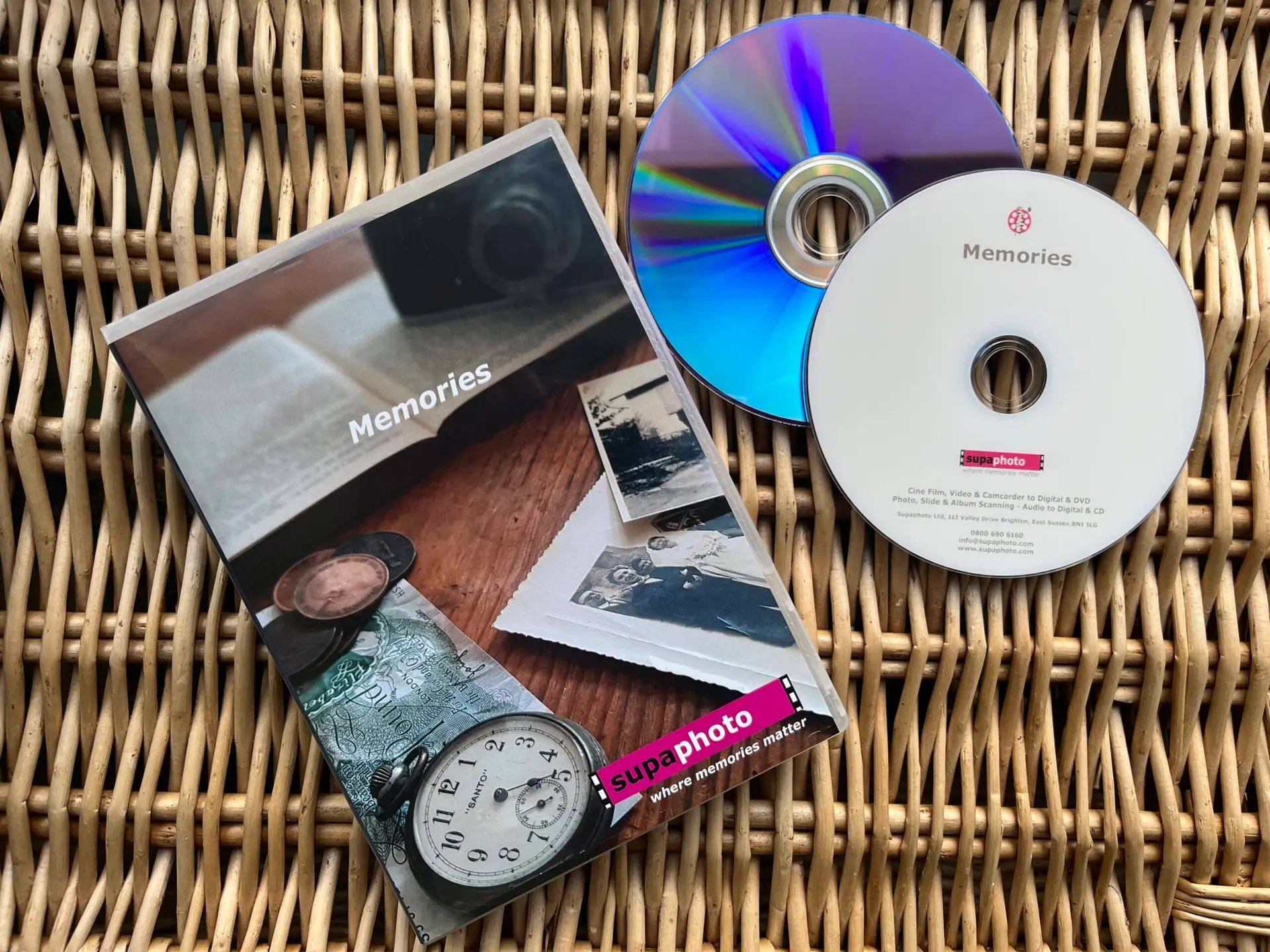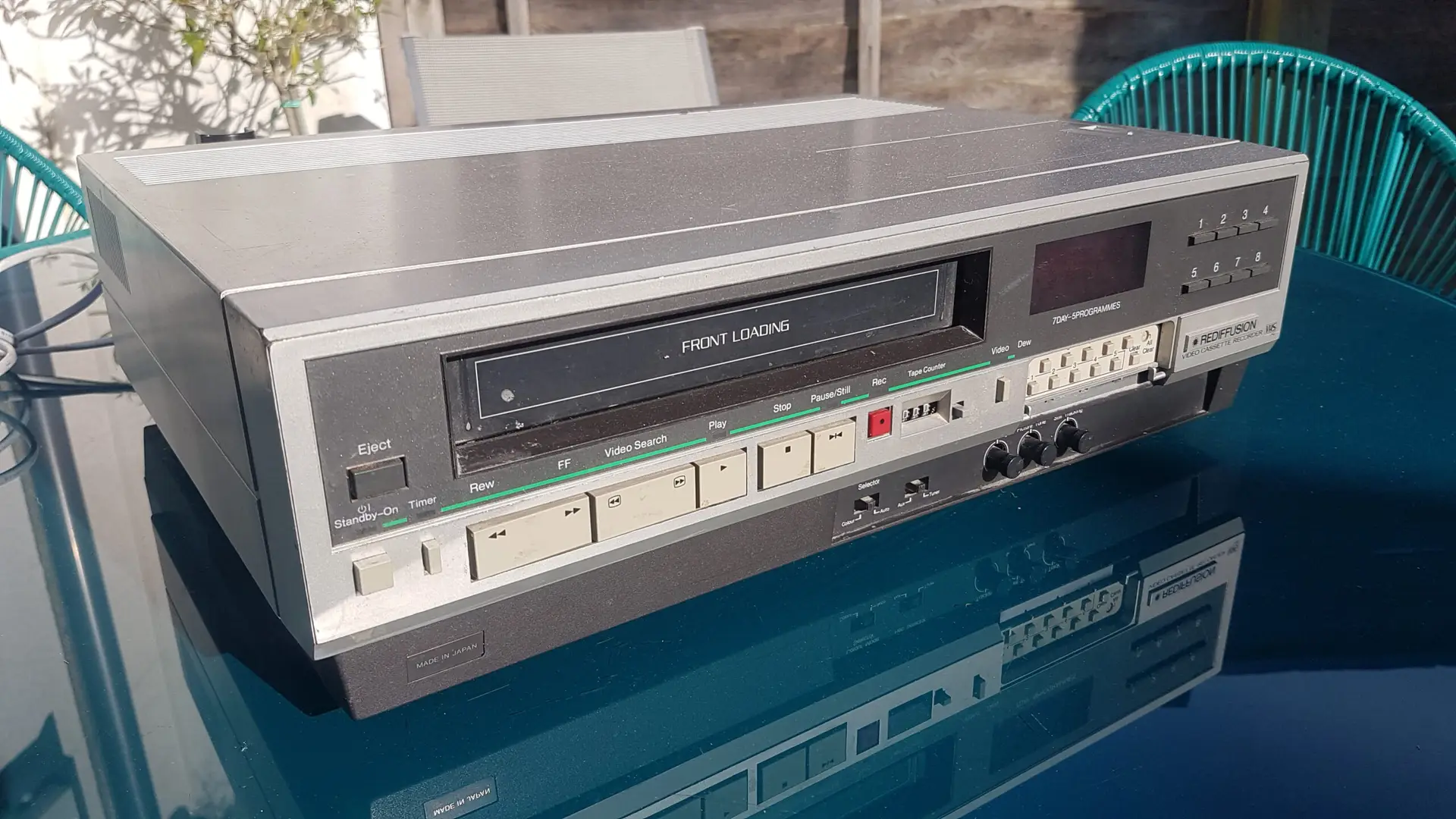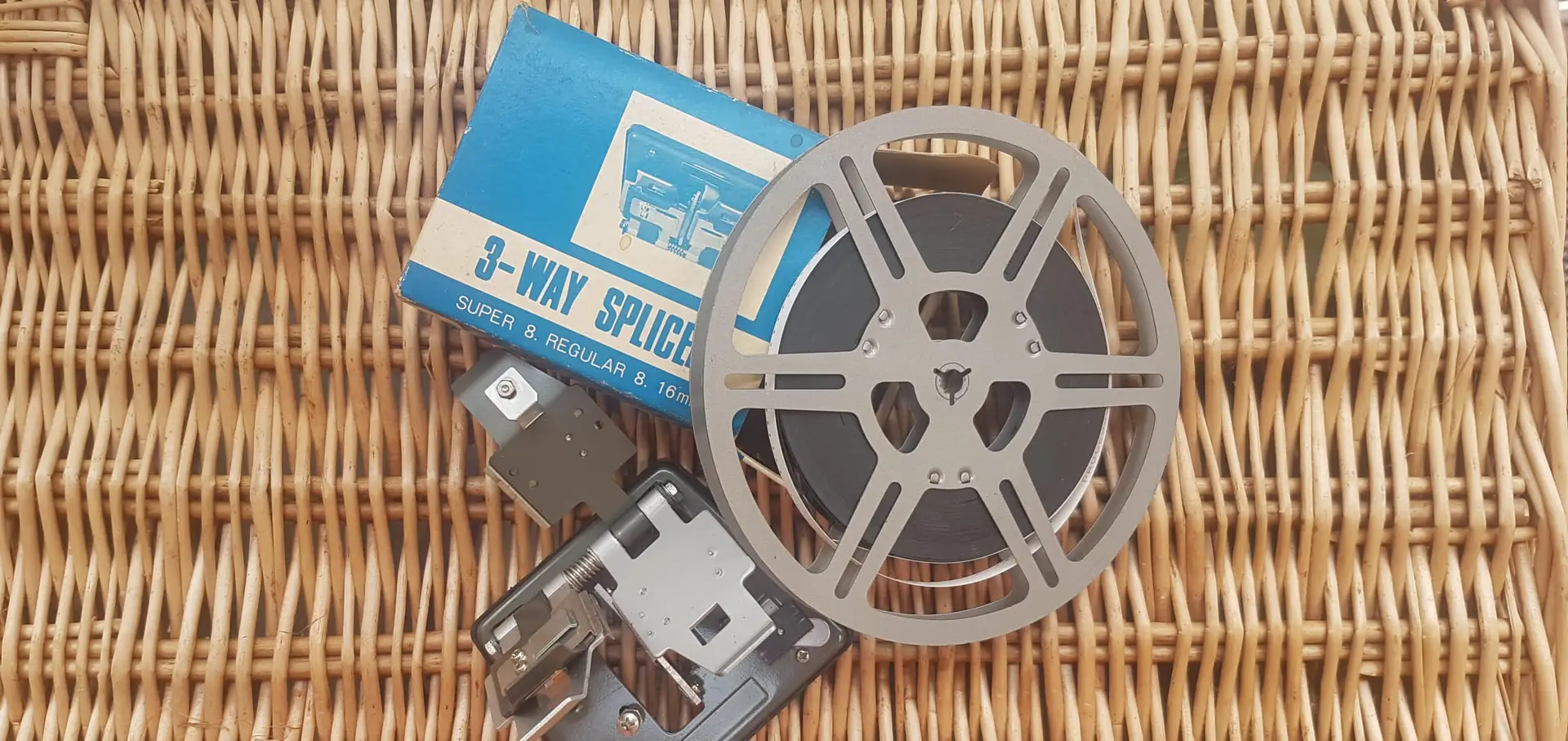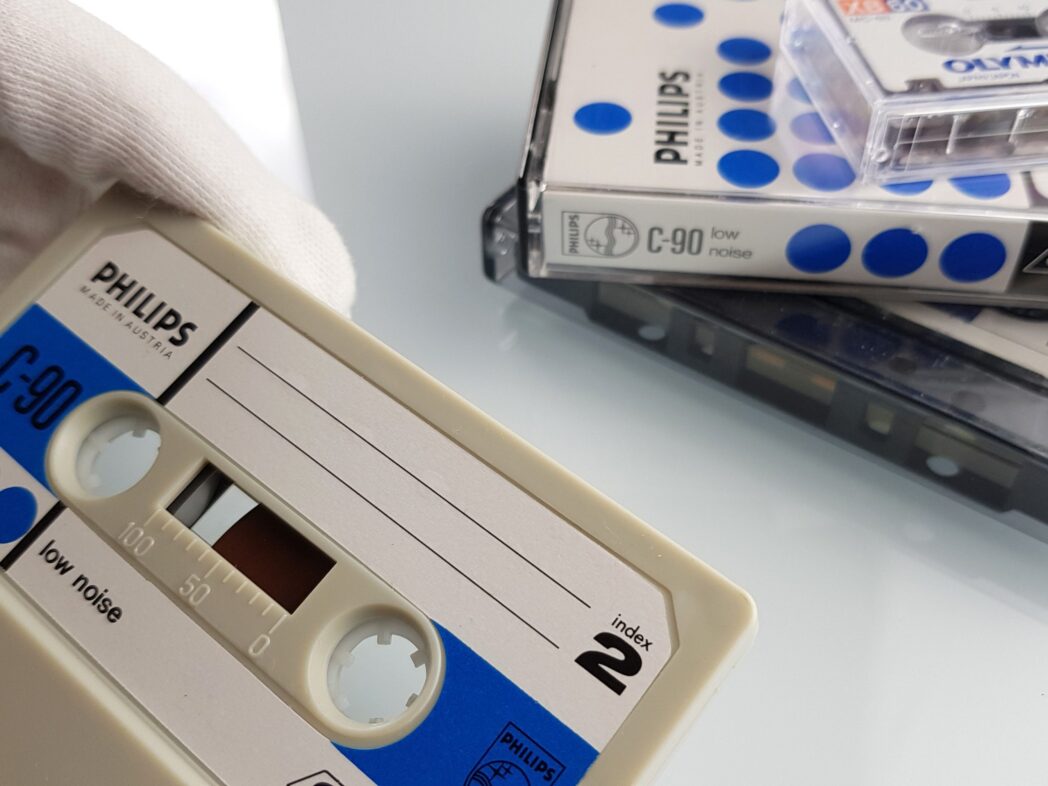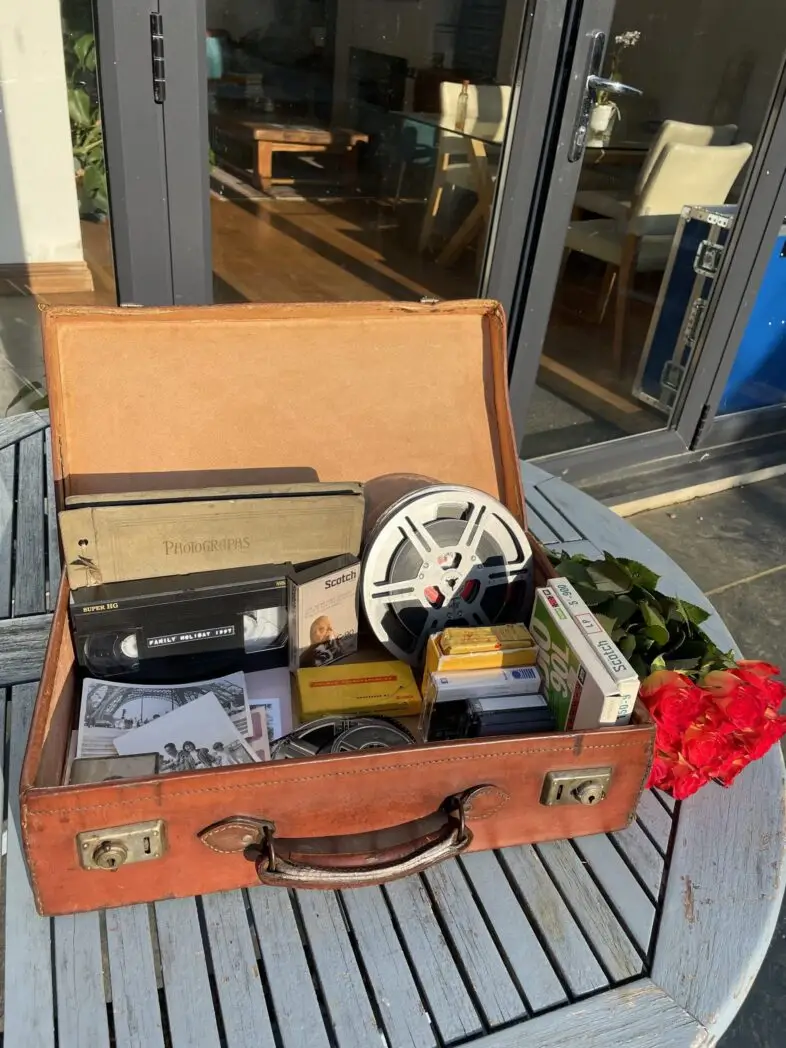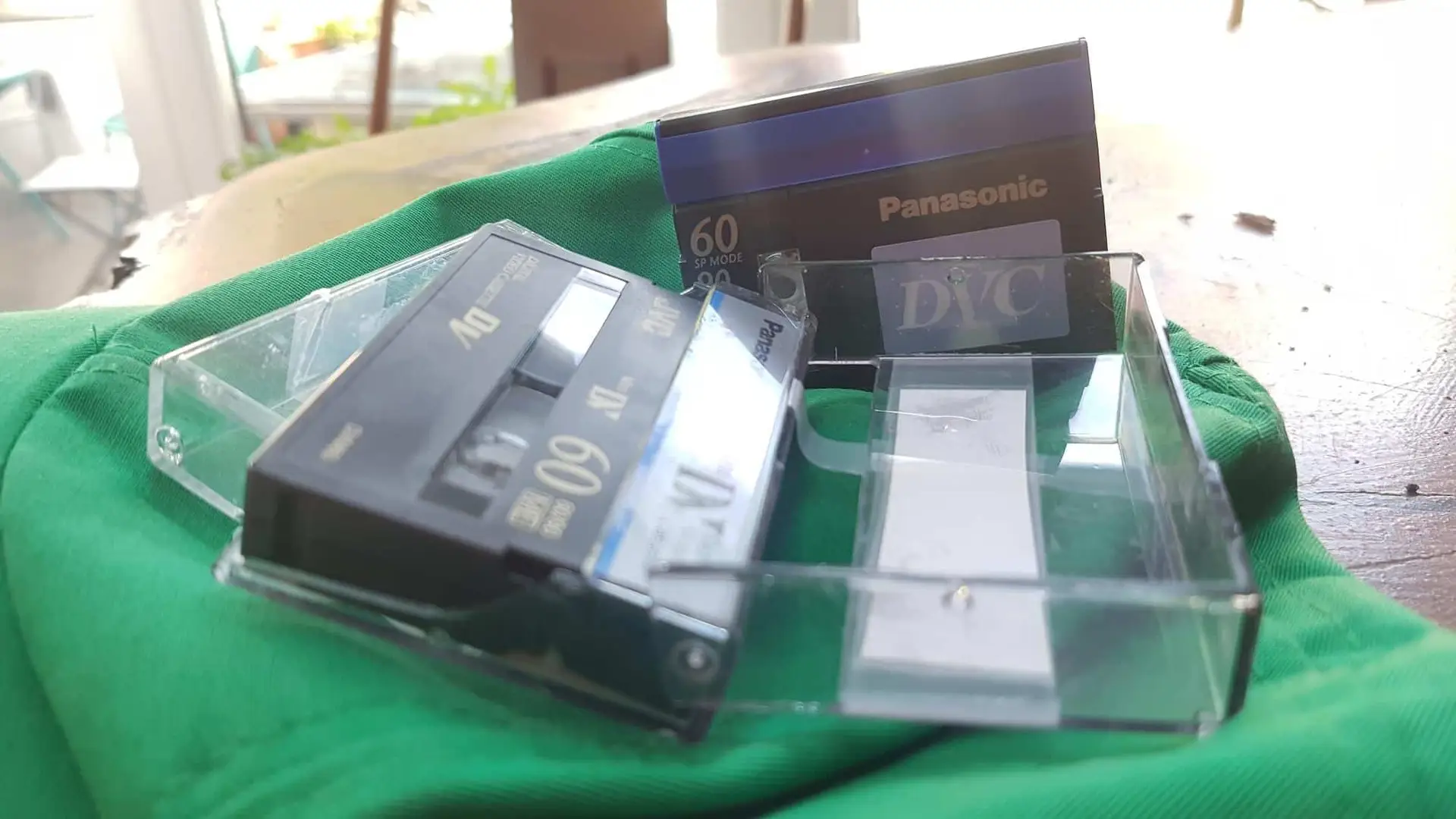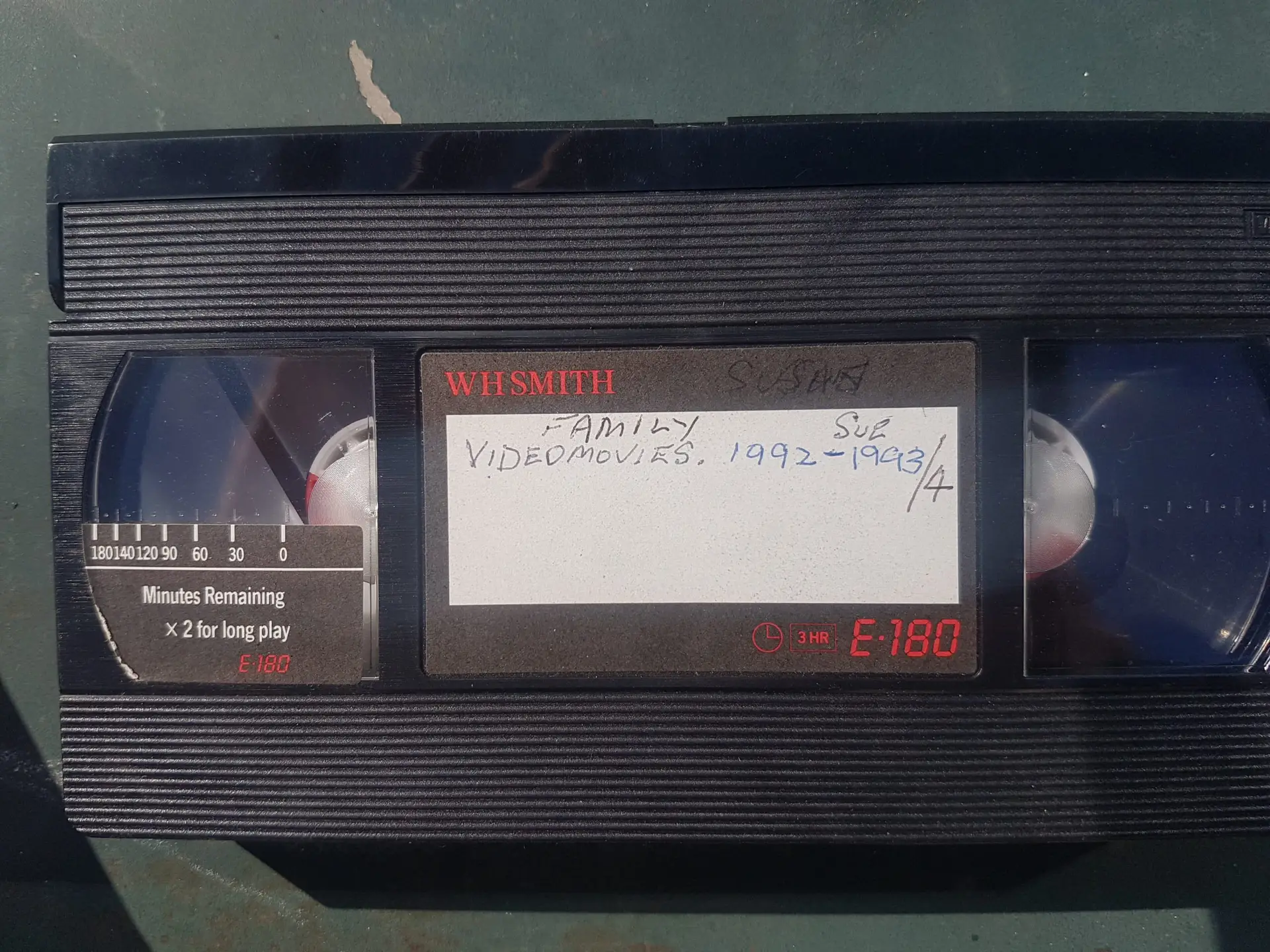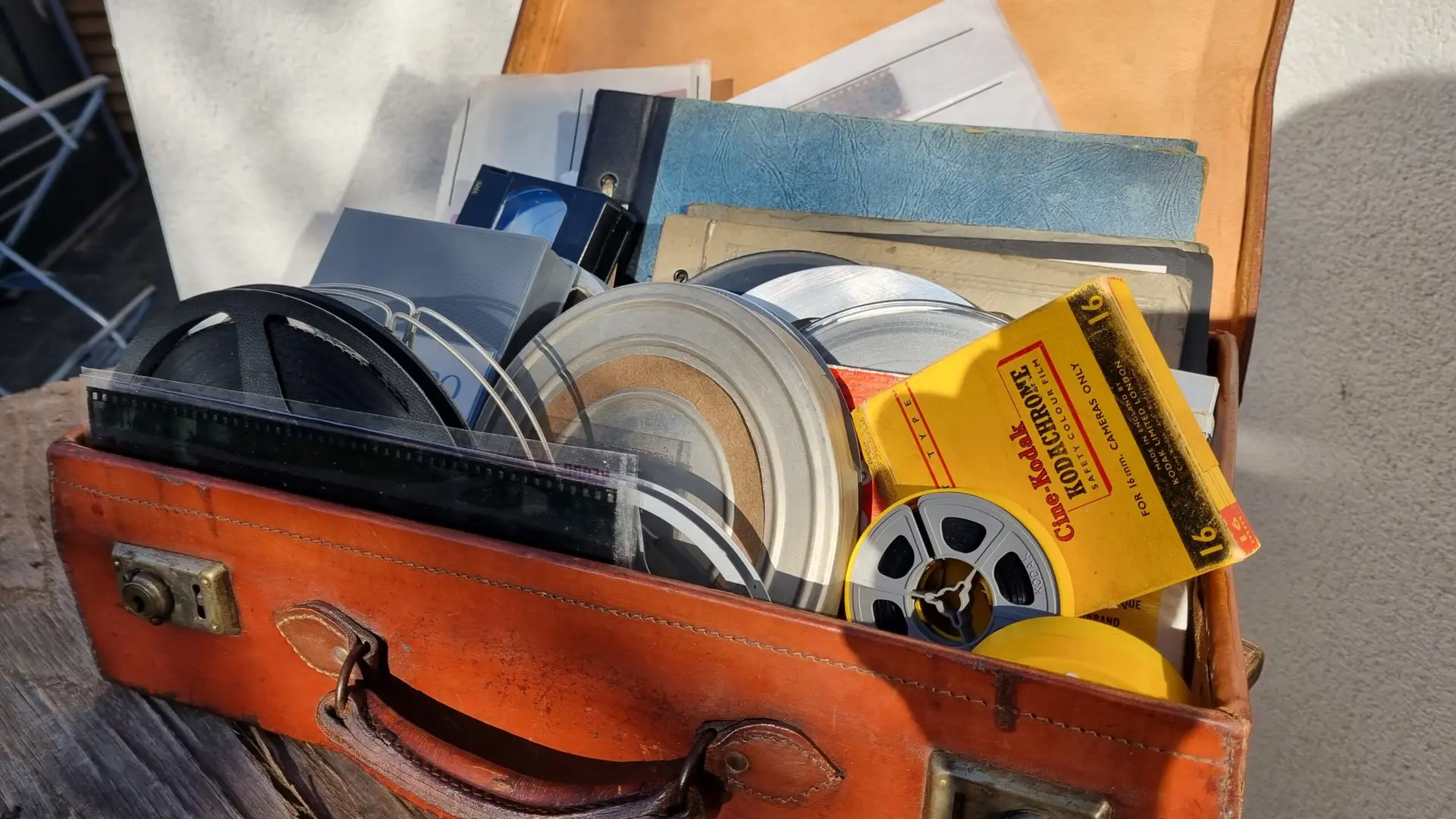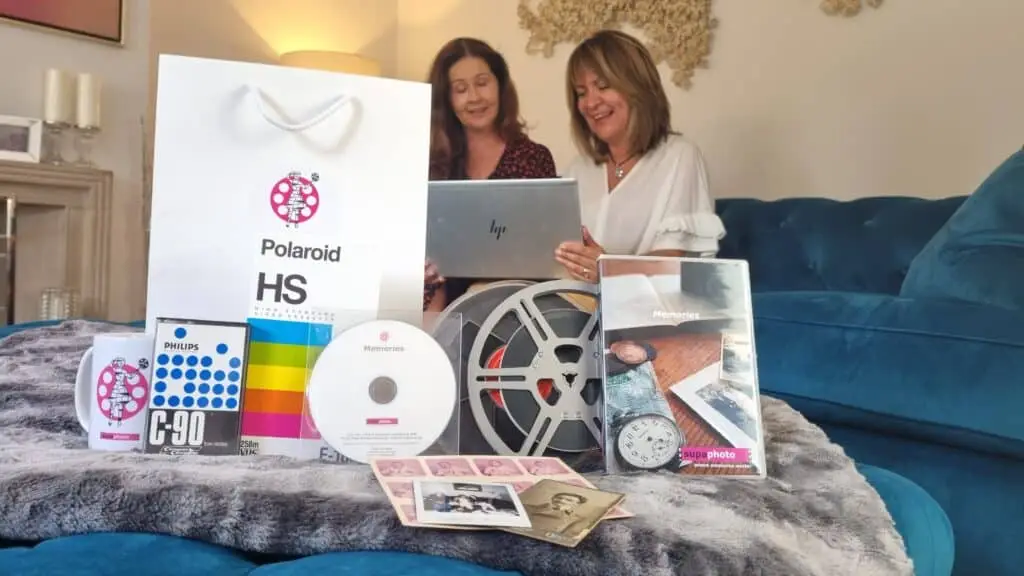What’s the Best Way to Preserve Old Photographs?
As more people move towards digitising their photographic collections and wondering about preserving storing old photographs, it’s really important to preserve the original materials for future access. The following guidelines for the care of photographs (whether they belong to you or you are collecting) with the simple steps to preserve photo and help protect your photographic collection in the long term.
Storage
Photographic materials have several layers, each with their own deterioration characteristics and storage requirements. To ensure longevity, you must consider both the environment and enclosures in order to achieve photo preservation. Photographic materials are susceptible to deterioration by elevated levels of temperature, moisture, air-borne pollutants, ultraviolet light and manual handling. Archival institutions maintain a stable temperature range between 8-12°C for black and white material and below 5°C for colour material, with a relative humidity moisture range between 30-40%.
At home, store your photographic materials in a clean, cool, dry, and dark environment. Avoid storing them in attics, basements, cupboards next to a water source, or next to an external wall. Use coated metal shelving instead of wood, as wood may release harmful vapours and provide a home for insects. Oversize items should be stored flat in drawers or boxes to prevent damage during unrolling.
Enclosures
Use a multi-layered storage system consisting of sleeves, boxes, and cabinets to provide increased protection for your photo archiving. Plastic sleeves, envelopes, and bags made of uncoated polyester, polypropylene, or polyethylene are suitable for storing prints and negatives in good condition. Avoid enclosures made from polyvinyl chloride (PVC). Archival quality acid-free paper envelopes are suitable for storing prints and deteriorated negatives.
Avoid buffered papers as some photographic processes react adversely to them. When choosing an album, avoid self-adhesive and PVC-containing products. Instead, use archival quality photo-corners to adhere photographs to pages in non-adhesive albums. Look for materials or products that have passed the Photographic Activity Test (PAT) when choosing enclosures.
Displaying your Photos
When framing a photograph, ensure that the backing and insert are of archival quality materials. Avoid wooden frames that may break down over time to form gases harmful to photo preservation. Minimise light exposure while on display and avoid direct sunlight. Use ultraviolet light filtering glazing in the frame, particularly for colour photographs. Avoid hanging photographs near heating or cooling sources, which can produce adverse temperature and moisture conditions.
Safe Handling
Wash and dry your hands before handling photographs and handle them by the edges to prevent natural oils from accelerating deterioration. Use lint-free gloves if necessary. Stack photographs carefully to prevent scratches on the photo emulsion. Do not fasten or bind photographs with metal pins, paper clips, staples, or rubber bands. Use a blower or soft brush to gently clean dusty photographic materials. Use a soft lead pencil to make a small note on the reverse of the photograph to identify it for future reference. Avoid using pens, stamps, adhesive labels, adhesive tape, post-it notes, or sticky labels, as they may damage the photograph at a chemical level.
Caution! – Digital Prints
Not may people know this but digital prints are even more susceptible to the detrimental effects of light, air, and moisture, so extra care should be taken to keep them safe from exposure to these elements.
What is the best way to preserve old photographs?
This is quite a complex issue as you can see now hopefully. Even after they have been digitalised, you should understand how to preserve digital photographs since that too will depend on may factors including the type of hard drive you keep them on. Digital photo preservation is the way forward but only if done well.
Summary – How to Preserve Old Photos
To find out more photograph preservation and even photo restoration too if you need advice on how to preserve photos digitally too. In summary, scanning old photographs with the right equipment will make the world of difference.
Don’t forget too that images are also on videos so you may also like to read our article on how to preserve old videos.
Please note that the advice given is based on the best international experience and the best information available to Supaphoto. Given the different circumstances of each photographic collection, it is recommended to seek specialist advice for the best care of your photographic materials. There’s lot of help with whatever you need to know so don’t be shy!


